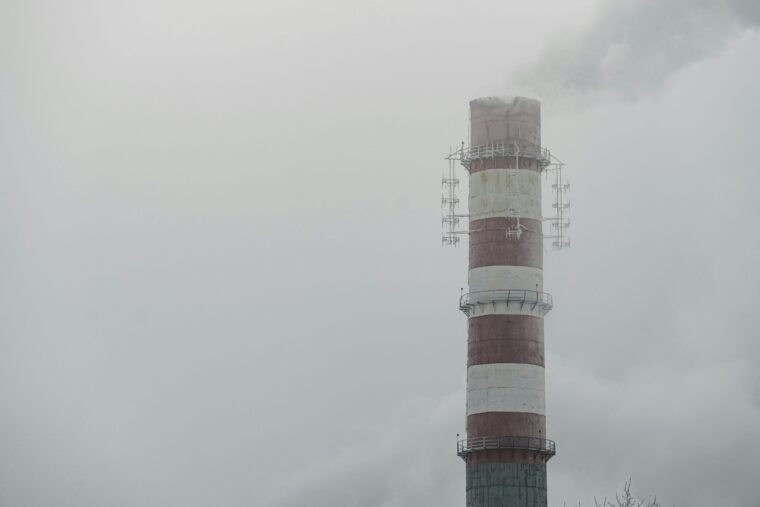
The Environmental Protection Agency (EPA) has released new clean air standards for chemical plants that could cut down elevated cancer risk by 96%. The rule targets about 200 plants that produce synthetic chemicals, polymers and resins, with an estimated 80% reduction in ethylene oxide (EtO) and chloroprene emissions.
Long-term exposure to these pollutants can increase the risk for certain cancers, including lymphoma, leukemia, breast and liver cancers.
“We promised to listen to folks that are suffering from pollution and act to protect them. Today we deliver on that promise with strong final standards to slash pollution, reduce cancer risk, and ensure cleaner air for nearby communities,” EPA Administrator Michael S. Regan said in a statement.
The rule mandates fenceline monitoring for key toxic chemicals emitted by covered processes and equipment at chemical plants across the United States. Air quality near these facilities will be closely measured, and the collected data will be made publicly available on the EPA’s WebFIRE page.
The EPA expects to cut over 6,200 tons of toxic air pollutants annually, significantly decreasing the cancer risks associated with exposure to these chemicals for communities living near these plants. Additionally, the rule cuts emissions of other harmful chemicals, such as benzene, 1,3-butadiene, and vinyl chloride – reducing volatile organic compounds that contribute to smog by 23,700 tons a year.
EPA’s announcement aligns with the government’s environmental justice goals, aiming to address disparities in pollution exposure and reduce health risks in vulnerable communities.
Photo by Pavel Neznanov on Unsplash
The post EPA says chemical plants must reduce toxic emissions appeared first on Government Market News.
